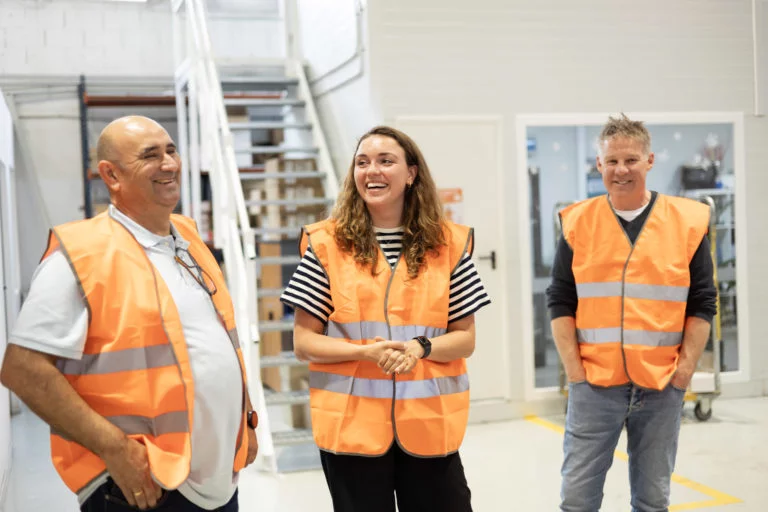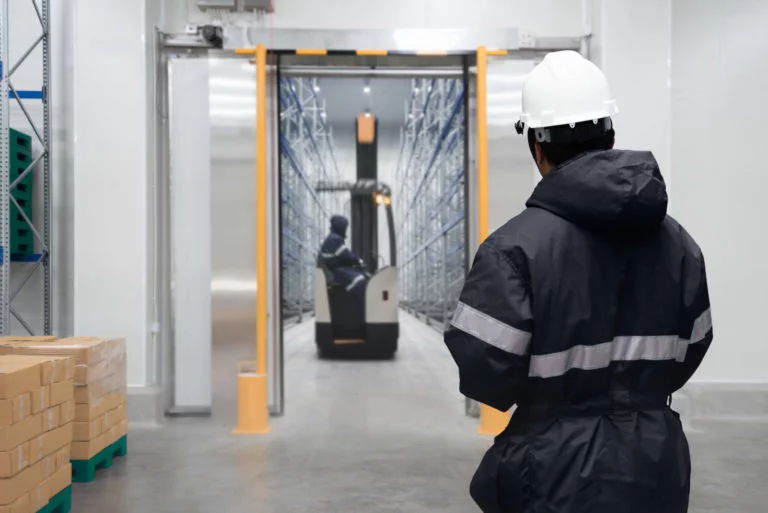By 2030 AI will make supply chain planning jobs more powerful, writes Jonathan Jackman (pictured, below), Regional VP at Kinaxis.
Forget the doomsayers. AI is going to make supply chain planners’ jobs simpler and more strategic.
AI is transforming supply chain planning. Yet what does this mean for the planners? Will they be replaced by ever more sophisticated technology? Or will they be able to harness AI to make their roles simpler and more creative?
Some companies will scale their workforce to achieve more. Others may reduce headcount. AI enables both paths.
Yet for planners work is going to change significantly. Their jobs will shift from repetitive, manual tasks to focusing far more on strategic responsibilities. After all, nobody became a supply chain planner to chase down late suppliers or crunch Excel sheets all day. Intelligent AI-powered platforms are already automating much of the grind – from exception alerts to those mind-numbing follow-ups – allowing planners to do what they were meant to: think smartly and make high-impact decisions.

We’re entering a new era powered by increasingly autonomous AI systems. This is reaching a new level with Agentic AI systems that not only automate but can reason and adapt too. They can perceive, plan, and take action to achieve goals. These technologies are beginning to elevate supply chain planning to new heights. Imagine AI handling the transactional sludge in real time while you focus on risk, relationships and resilience. That’s not job elimination – it’s a serious upgrade!
The role of human oversight
The big myth about AI, especially around emerging forms of Agentic AI, is that it will run supply chains on autopilot. But the reality is that AI still needs some degree of human oversight. It can surface insights and take actions, but there are times when it needs to be augmented by a human to fully interpret real-world nuance.
The most effective supply chains of the future will not all be ‘driverless.’ Instead, they are likely to rely on a continuous feedback loop between humans and intelligent systems. Even in autonomous environments that run simple tasks, organisations will require clear escalation paths and strategic oversight to ensure AI aligns with business outcomes.
There are times when it may flag potential shortages and propose a response – but only a human planner can assess in full context whether to switch suppliers, expedite or take another route.
In this future, it isn’t AI vs. humans – it’s AI and humans. The planner takes on the role of orchestrator, steering AI, validating recommendations, and ensuring outcomes align with business priorities. They will oversee fleets of AI agents acting as demand forecasters, inventory optimisers, and scenario simulators. As organizational charts evolve, these agents may occupy formalized roles—requiring human planners to shift into meta-management positions, orchestrating collaboration between human teams and autonomous AI counterparts.
AI brings unprecedented new levels of speed, scale, and intelligent predictive power; humans continue to bring empathy, creativity, ethics and expertise.
Tomorrow’s supply chain manager: more strategist, less firefighter
So, what might the role of the planner of 2030 look like? With AI handling the mundane and routine, planners will shift to focus on what machines can’t do: building relationships, co-innovating with partners, influencing strategy and also managing the agents.
AI won’t read a room in tough supplier negotiations – but it will give planners the data they need to enter those discussions armed with the facts. It won’t grasp the political implications of a sudden trade disruption – but it will flag it instantly. And it won’t independently decide how to prioritise sustainability or manage risk – but it will give humans the visibility to act swiftly and confidently.
Planners will also play a critical role in shaping the very AI tools they use – training models, curating data, and ensuring outputs reflect reality. Over time, this human feedback loop will make the technology even more valuable.
One key evolutionary step that we are starting to see is the emergence of Autonomous Concurrent Orchestration. At the current time many vendors focus on agents automating existing siloed processes. In the future we will see more agents that synchronise planning decisions across functions – procurement, logistics, manufacturing – in real time. Instead of optimising each step sequentially, agents drive better trade-offs by modelling all variables concurrently. Agent-to-agent communication will also help to break down silos, enhance the decision-making process and speed up problem-solving.
Why AI can’t replace humans
The future isn’t artificial replacement – it’s augmented intelligence. AI will unlock insights and real-time decision-making that simply weren’t possible before. But the most resilient supply chains will always have a human in the loop – to manage, course-correct, and push the boundaries of what’s possible.
For planners, the message is clear: embrace the tools but never lose sight of your value. The future belongs to those who evolve alongside AI– shaping its direction, not just following it.
The planners who win in 2030 won’t fear AI. They’ll partner with it – and they’ll be all the more powerful because of it.












